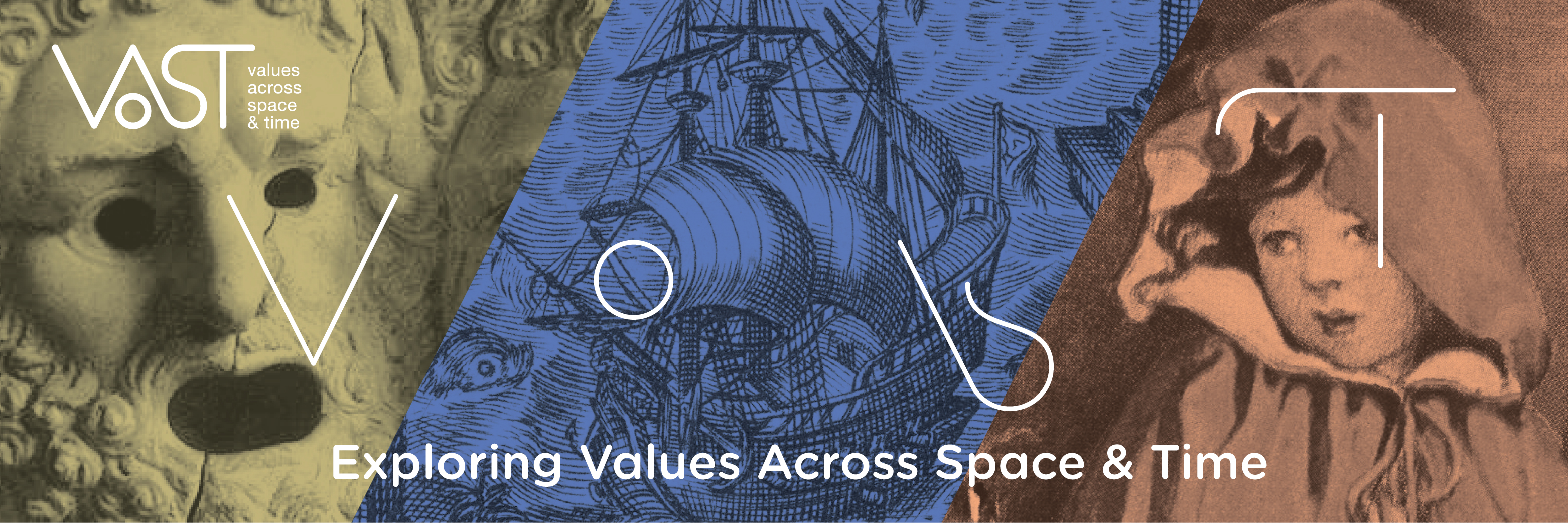Duration: 01/12/2020– 30/11/2023
Funding: VAST is a project financed by the European Commission under the Horizon 2020 Research and Innovation Framework Programme

The VAST Project aims to foreground moral values in the realm of advanced digitisation by examining their evolution over centuries and across different geographical contexts. Its primary objective is to analyse the transformation of these values and their current communication, focusing particularly on educational activities promoted by museums and theatrical representations.
Special attention is devoted to the fundamental values of the European Union, such as freedom, democracy, equality, rule of law, and human dignity, considered essential for the creation of sustainable communities and for promoting harmonious coexistence among citizens.
The VAST project is structured into three pilots:
- Examination of the values present in tragedies and comedies of Ancient Greece, analysis of how they are represented in contemporary theatrical performances, and evaluation of their reception by the audience.
- Analysis of the values emerging from the works of natural philosophy of the 17th century, study of the interpretation and transmission of such principles by experts and curators of scientific museums, followed by an assessment of visitors' perception.
- Exploration of the values depicted in folk tales from various epochs and cultures, with evaluation of experts' perception of these values in fairy tale museums and feedback from museum visitors.
The results of textual and images’ annotations by experts, along with the digitization of public and values communicators' experiences through various means (questionnaires, concept maps, interviews, free texts, and games), are integrated into VAST's collaborative digital platform. This platform organises such experiences in a structured manner, enabling easy access to digitised materials. It serves as a valuable resource for researchers, artists, and museum professionals interested in curating, reusing, and enhancing this material, as demonstrated by experiments conducted with museums outside the consortium, including art and photography museums, which have shown the portability of the adopted methodological approach.
-
 Related linksRelated Articles
Related linksRelated Articles- The museum as a space for promoting reflection on moral values
- Role of the Museo Galileo in the VAST Project
- Fantastic Creatures in Unknown Lands
- Geographical discoveries, Astronomical Conquests and the New Representation of the World
- From the Telescope to the Microscope: Useful and Entertaining Science
- Galileo, Bacon and Kepler: 'Travelling in Science' between reality and imagination
- Galileo and Vespucci in search of New Worlds
- The project partners

